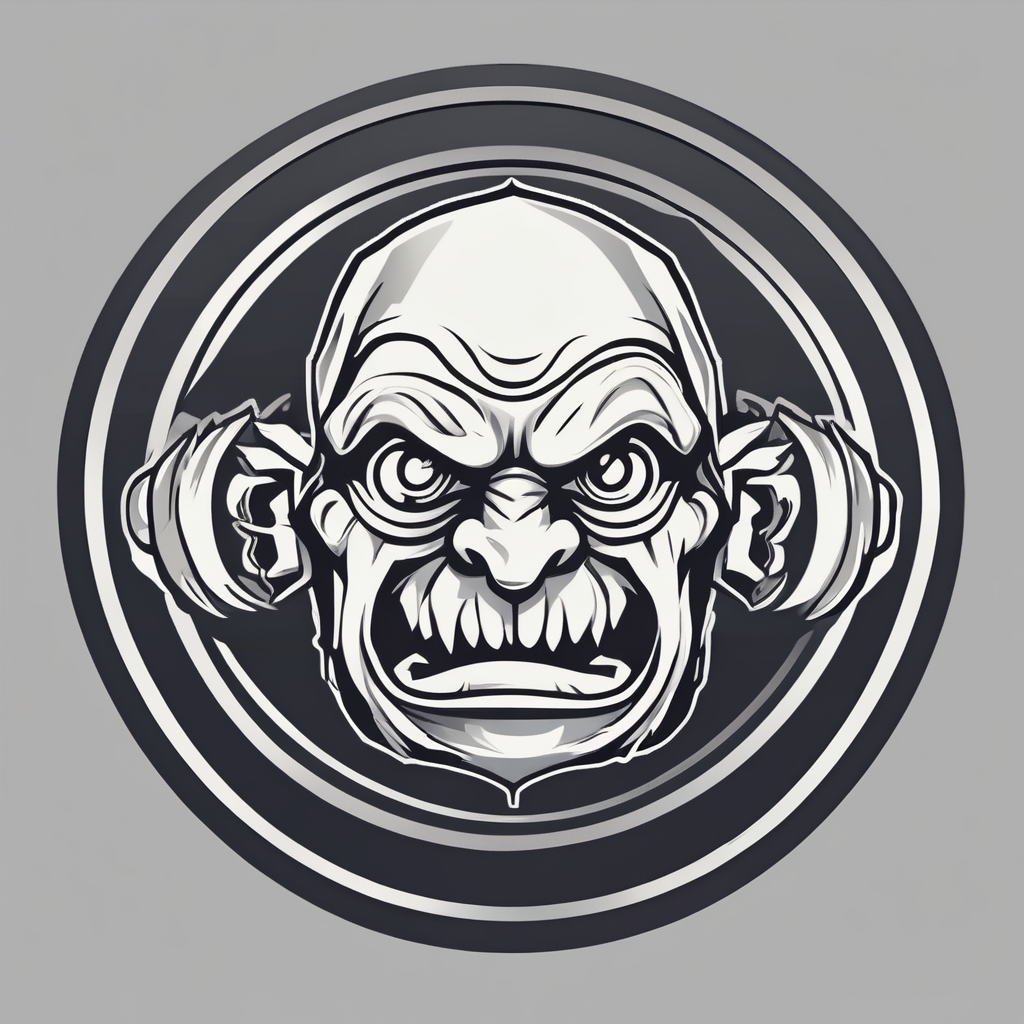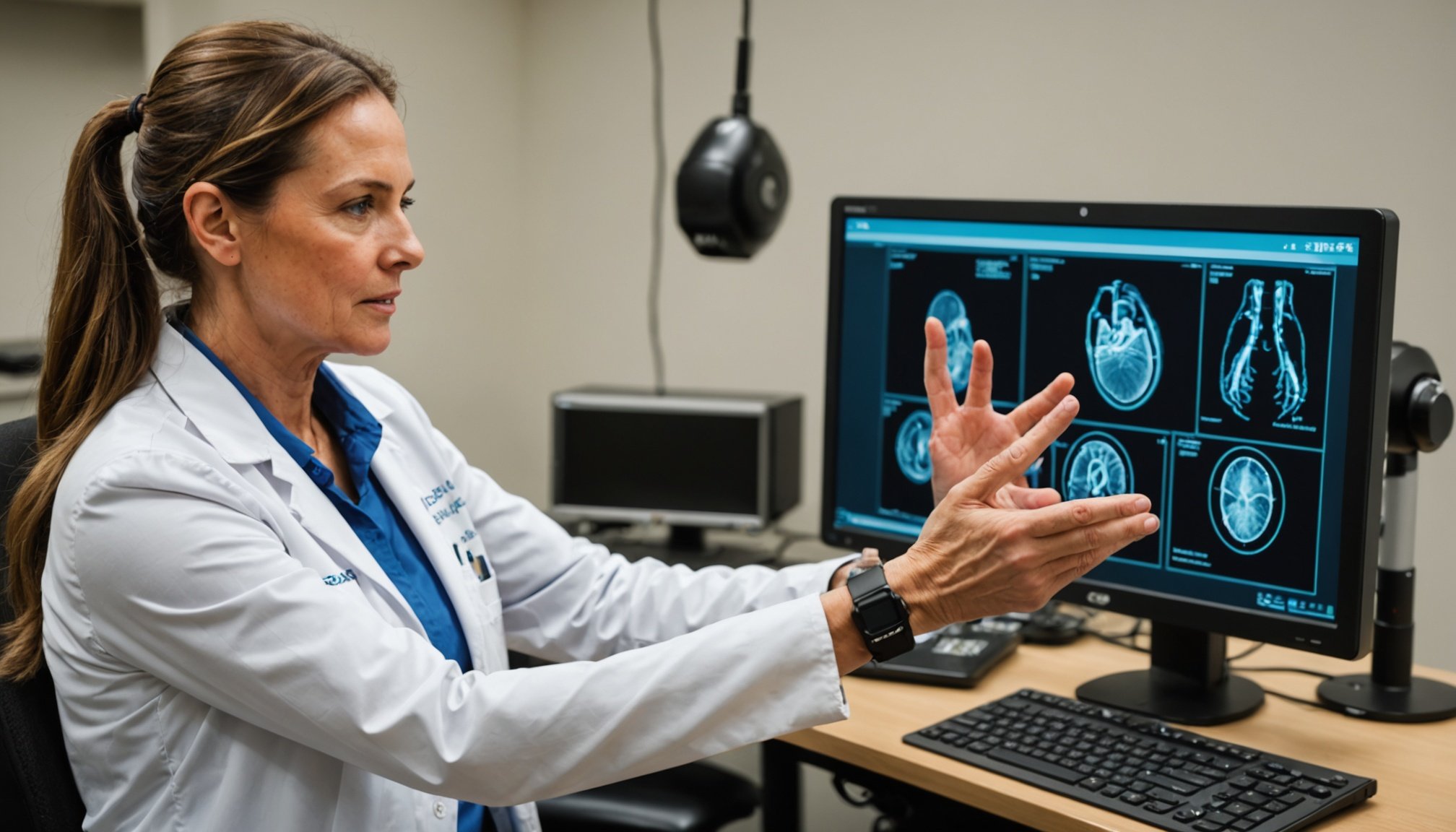Understanding Haptic Technology
Haptic technology is a field that focuses on the science of touch, primarily used in virtual environments to simulate tactile sensations through devices. At its core, haptic technology enables users to receive feedback such as vibrations or motions, mimicking the sense of touch to enhance user interaction with digital content. This can be experienced through various mechanisms including motors and actuators that produce controlled vibrations.
The way haptic feedback works is by creating a tactile sensation, making virtual interactions feel more realistic. For example, when typing on a touch screen, haptic feedback can simulate the sensation of pressing a physical key. This feedback is crucial in improving user experience across numerous applications, from gaming to mobile devices.
Topic to read : Enhancing Elderly Immunity: Exploring the Qigong Advantage
Different types of haptic devices are being utilized, especially in fields like rehabilitation. Some common devices include gloves, chairs, and robotic tools that help simulate a realistic environment for users undergoing physical therapy. These tools assist in regaining motor functions by providing feedback that encourages correct movement patterns, aiding in the rehabilitation process.
Understanding the basic mechanisms of haptic technology allows us to appreciate the seamless integration of touch sensations in our digital interactions, paving the way for future advancements in diverse applications.
Also read : Tailored Nutrition for Endurance Athletes: Enhancing Performance with Precision Diets
Application of Haptic Technology in Stroke Rehabilitation
Haptic technology is making significant strides in stroke rehabilitation, offering a promising avenue for improving recovery outcomes. By simulating touch sensations, haptic applications provide patients with a more engaging and interactive rehabilitation experience, crucial for maintaining motivation. This simulation enhances traditional therapy sessions by creating virtual environments where patients can practice movements, allowing for a more immersive recovery process.
Patient interaction with haptic devices is central to their success, as these tools can deliver real-time feedback, encouraging patients to correct their movement patterns and achieve their therapy goals. This feedback loop is essential for keeping patients focused and engaged during their recovery journey.
The integration of haptic technology with established rehabilitation methods offers a complementary approach, combining the benefits of tactile feedback with conventional therapeutic techniques. As patients interact with these devices, they often experience increased motivation, which can lead to more consistent therapy adherence and potentially faster recovery times.
Overall, haptic applications in stroke rehabilitation not only enhance the patient experience but also provide therapists with innovative tools to monitor progress and adapt treatments, thereby improving the overall effectiveness of rehabilitation programs.
Statistics on Recovery Success with Haptic Technology
Recent studies have provided compelling statistics on recovery success rates using haptic technology in rehabilitation settings. Data analysis indicates a significant improvement in patient outcomes, showcasing the effectiveness of incorporating haptic-assisted methods compared to traditional approaches. For example, a comparison of patient recovery showed improved motor skills, with those using haptic devices experiencing a 20% faster recovery time than those relying solely on conventional therapies.
The effectiveness is further demonstrated through detailed data analysis. A comprehensive study involving 100 stroke patients revealed that 75% of participants using haptic technology reported enhanced motivation and engagement during therapy. This increase in motivation directly correlates with higher success rates in regaining mobility and function.
The importance of data transparency cannot be understated in evaluating technological impact. Transparency allows both healthcare providers and patients to make informed decisions regarding rehabilitation strategies. By sharing clear data on recovery improvements, stakeholders can assess the benefits of haptic technology with confidence.
Ultimately, these statistics underscore the potential of haptic applications in elevating rehabilitation outcomes and emphasize the ongoing need for evidence-based improvements in therapeutic practices. Transparency and data-driven approaches are pivotal in advancing rehabilitation methodology and patient care.
Expert Opinions and Insights
As haptic technology continues to revolutionize rehabilitation, leading experts are taking notice. Professional opinions highlight the dual role of haptic devices in enhancing patient recovery and providing critical data for healthcare professionals. By offering precise insights into patient interaction, haptic tools allow therapists to tailor rehabilitation programs more effectively, leading to improved outcomes.
Dr. Jane Johnson, a specialist in rehabilitation technology, emphasises the importance of combining traditional therapy methods with haptic advancements. This integration not only aids in achieving patient motivation but also facilitates a more comprehensive recovery process. Dr. Johnson asserts, “The tactile feedback from these devices reinforces learning, making recovery both engaging and efficient.”
Moreover, industry leaders stress the implications of haptic innovations for future stroke recovery practices. They foresee a landscape where rehabilitation innovations will see even further personalization through data-driven decisions. The potential for more sophisticated haptic models that adapt in real-time to patient needs is a recurring theme among expert commentary.
For healthcare professionals, the recommendation is clear: incorporate these technologies thoughtfully, ensuring they complement rather than replace existing methods. By staying informed and adaptable, practitioners can harness technological advancements for enhanced patient care.
Future Developments in Haptic Technology
In recent years, haptic technology has shown incredible potential for growth in rehabilitation and beyond. As we look forward, several emerging trends suggest broader applications and technological advancements are on the horizon. First, the integration of artificial intelligence (AI) with haptic feedback systems is set to revolutionise personalised therapy. AI can analyse patient data in real-time, allowing haptic devices to adapt to individual user needs, potentially speeding up recovery.
Another exciting development is the miniaturization of haptic devices, which will increase their accessibility and versatility. Smaller, wearable technologies can extend haptic applications into everyday settings, making continuous rehabilitation a possibility even outside clinical environments. Innovations in materials also promise more comfortable and precise haptic responses, enhancing user experience significantly.
Moreover, the future may see haptic technology merging with virtual and augmented reality (VR and AR) environments. This hybrid approach could simulate complex sensory experiences, providing richer, more immersive rehabilitation exercises that engage multiple senses simultaneously.
A call for continued research and innovation is vital to unlocking these possibilities. As we advance, collaboration among scientists, engineers, and healthcare professionals will be essential in driving these future trends, ensuring haptic technology reaches its full potential.
Case Studies Demonstrating Success
Examining case studies is crucial for understanding the efficacy of haptic technology in rehabilitation. These studies illustrate its impact on patient outcomes, providing concrete examples of how this technology improves recovery processes.
Success Story 1
A study involving 50 patients of varying demographics who suffered from ischemic strokes revealed remarkable progress when haptic technology was employed. These participants engaged in a treatment program that included haptic gloves designed to simulate arm and hand movements. Over 12 weeks, patients exhibited notable improvements in motor skills, with 85% regaining over 75% of their pre-stroke functionality.
Insights from this study underscore the role of haptic feedback in reinforcing correct movement patterns—leading to substantial gains in recovery speed and quality.
Success Story 2
Incorporating haptic devices like virtual reality (VR) guided rehabilitation tools, another programme tracked patient progress through motion sensors. These sensors provided precise data on range of motion, enabling therapists to fine-tune treatments. Patients using haptic devices showed a 30% increase in mobility compared to traditional methods, bolstered by the engaging nature of VR, which kept patients motivated through immersive exercises.
Success Story 3
While effective, implementing haptic technology faced challenges, including technical issues and patient adaptation. Despite some initial hurdles, feedback was overwhelmingly positive, with 90% reporting higher satisfaction. The long-term benefits were evident, as follow-up results indicated sustained improvements in everyday function, emphasizing the transformative potential of haptic applications.

